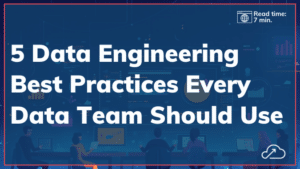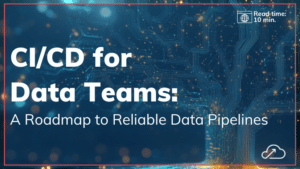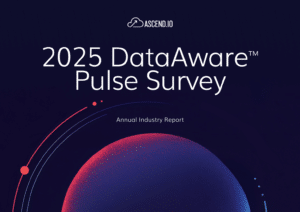ETL stands for “extract, transform, load”. The ETL process pulls data from various sources, refines it, and moves it to a database. This method centralizes and ensures data quality, enabling better business insights.
Published Nov 14, 2022 — Updated June 27, 2024
The ETL process, born in the 1980s alongside the rise of data warehouses, has long been a vital part of data management. But with the advent of cloud technology, the game has changed.
Is ETL still relevant? Absolutely, but it’s not your father’s ETL process anymore. A frequent oversight in the development and design of ETL is the premature selection of tools and code writing without fully grasping the underlying business needs.
In this article, we will focus on diving into the ETL process, explaining what it is and how it differentiates from ELT. By understanding it, you can decide if this process works best for your organization, depending on your unique business objectives.
What Is ETL?
ETL, or “Extract, Transform, Load,” is a time-tested method of data integration that unifies information into a centralized location, most commonly a database. The process of ETL can be broken down into the following three stages:
Source: IBM Technology
- Extract: The ETL process begins by pulling raw data from diverse sources, be it a database, an application, or other platforms. It’s about capturing the essential data, regardless of where it resides.
- Transform: Once extracted, the data often needs refining. Transformation is about enhancing data quality by cleaning, deduplicating, and restructuring it. It’s a critical phase to ensure that the data aligns with business requirements and is ready for analysis.
- Load: Finally, the transformed data is loaded into the target database. This phase secures the information in a central repository, where it can be accessed, analyzed, and leveraged to generate insights.
Let’s delve into these three essential steps in more depth in the section below, exploring their complexities and relevance in today’s data-driven landscape.
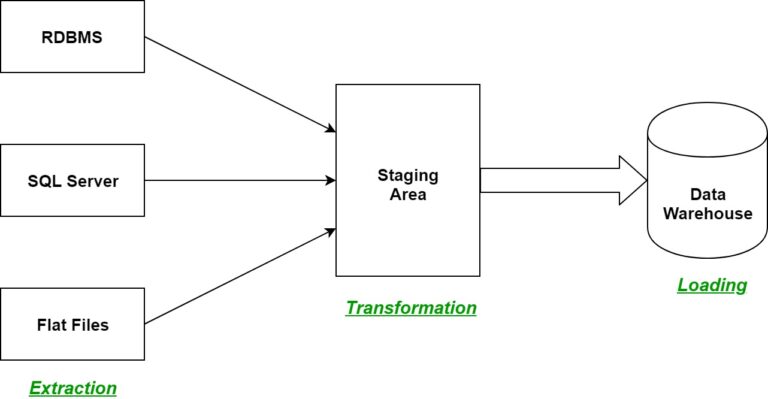
Source: GG
What Are the Steps of a Traditional ETL Process?
The ETL process revolves around three fundamental steps: Extraction, Transformation, and Loading. These phases interconnect to collect, refine, and unify data, making it actionable and reliable. Here’s how each step plays a vital role:
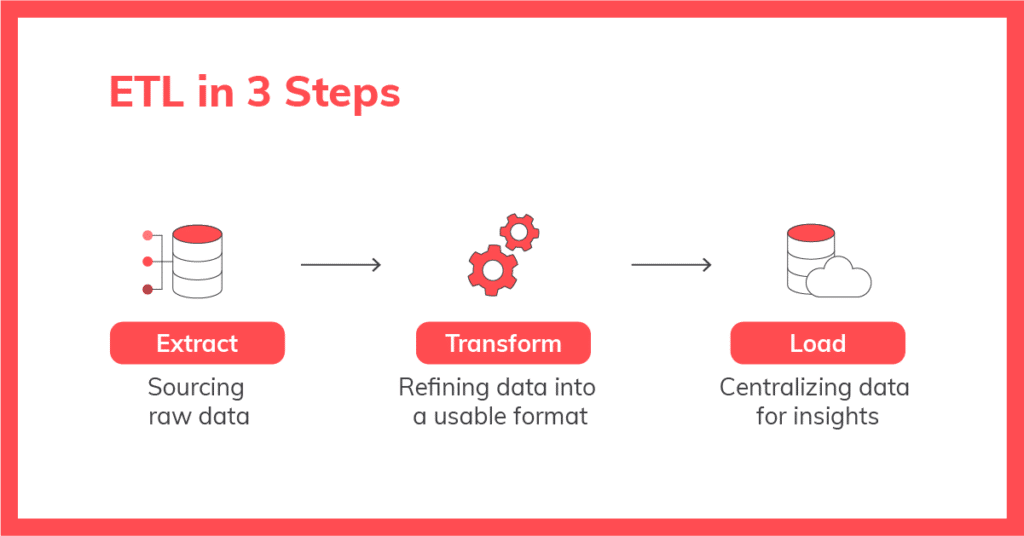
1. Extract
The extraction step initiates the ETL process by gathering raw data scattered across various sources, formats, and platforms. This consolidation is key to effective data strategy and analysis. Examples of sources include:
- Existing databases or data warehouses
- Cloud or on-premise environments (or hybrid environments)
- Customer relationship management (CRM) tools
- Enterprise resource planning (ERP) data
- Sales and marketing applications
- Internet of Things (IoT) sensors
- Mobiles devices and/or apps
The data is generally pulled into a staging area that sits between the data source and the target destination. Although this process can be hard-corded by a team of data engineers, ETL tools use automation to create a time-efficient and reliable workflow.
2. Transform
Transformation takes the extracted data and refines it to ensure quality, accessibility, and alignment with organizational needs. This phase may happen in an ETL server or be modernized with cloud computing. Key transformation tasks include:
- Cleansing: Removes inconsistencies or missing values
- Standardization: Ensures consistency across the dataset
- Deduplication: Eliminates redundant data
- Verification: Flags anomalies and removes unusable data
- Sorting: Organizes data by type
Custom rules may also be implemented to meet specific reporting requirements and enhance data quality.
3. Load
Full loading
Incremental loading
Why Do We Need ETL?
The ETL process plays a pivotal role in enabling organizations to make data-driven decisions. But why exactly is this process so indispensable? Here’s an exploration of the core reasons:
Provides Historical Context: ETL allows for the storage and management of historical data, offering businesses deep insights into trends and patterns that have evolved over time.
Enhances Business Intelligence: By transforming and integrating data from multiple sources, ETL enhances BI solutions for decision-making processes.
Creates a Common Data Repository: This consolidation ensures that data from different parts of the organization can be analyzed cohesively, fostering collaboration and unified reporting.
Ensures Data Accuracy: ETL allows for the verification of data transformation, aggregation, and calculation rules. This ensures that the data is not only consistent but also accurate and reliable.
Improves Productivity: ETL processes often codify and allow for reuse without needing extensive technical skills. This helps in improving productivity by automating repetitive tasks and allowing team members to focus on more strategic functions.
Disadvantages of the ETL Process
While the ETL process offers numerous advantages, it’s not without its drawbacks. Here are some key challenges that organizations may face:
- Expense: The cost of both setting up and maintaining the ETL process can be substantial, creating a financial burden for companies with restricted budgets.
- Intricacy: Complexity is a notable aspect of the ETL process, and without the requisite skills or resources, it can become a challenge to manage, leading to possible mistakes and inefficiencies.
- Rigidity: Traditional ETL may lack the ability to work with unstructured or real-time data, constraining its adaptability and possibly affecting timely data analysis.
- Scalability Issues: As data volumes increase, the ETL process might struggle to cope, hindering the ability to scale data handling effectively.
- Privacy Risks: The accumulation and analysis of vast quantities of data in the ETL process might result in privacy concerns, requiring vigilant attention to compliance and ethical practices.
While the ETL process has its own distinct benefits and drawbacks, the advent of cloud technology has given rise to an alternative approach: ELT. Unlike the traditional ETL process, ELT is tailored to take advantage of the vast capabilities of cloud computing. The next section delves into the characteristics of ELT, contrasting it with traditional ETL, and exploring why it might be the future of data integration, especially in the context of scalable cloud or hybrid-based data architectures.
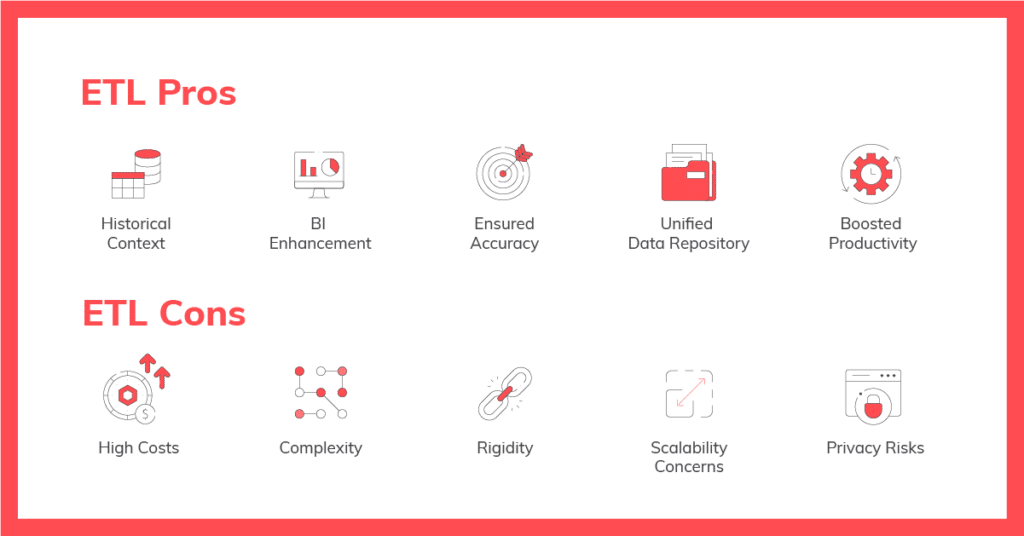
ETL or ELT?
ELT (extract, load, transform) is similar to but different from ETL processes. While most traditional ETL software extracts and transforms data before ever loading it into a database, ELT extracts and loads the data first, then transforms it. With ELT, there is no need to clean the data on specialized ETL hardware before putting it into a data warehouse. Instead, ELT creates a “push-down” architecture to take advantage of the native capabilities of the cloud:
- Extract the data from multiple sources and connectors
- Load it into the cloud data warehouse as-is
- Transform it using the power and scalability of the target cloud platform
A traditional data warehouse architecture cannot expand, at least not quickly or cost-effectively, to keep and handle the volume of data we generate and collect today. The cloud is significantly more scalable in terms of storage and processing. However, traditional ETL is unlikely to benefit from the best practices and inherent benefits that a cloud data warehouse provides.
On the contrary, cloud-native ELT makes use of the best aspects of a cloud data warehouse, including scalability as needed, massively parallel processing of multiple jobs at once, and rapid job spin-up and tear-down. Traditional ETL is effective if you are still on-premises and your data is small and predictable. However, as more companies choose a cloud- or hybrid-based data architecture, that is less and less the case. ELT is the future.
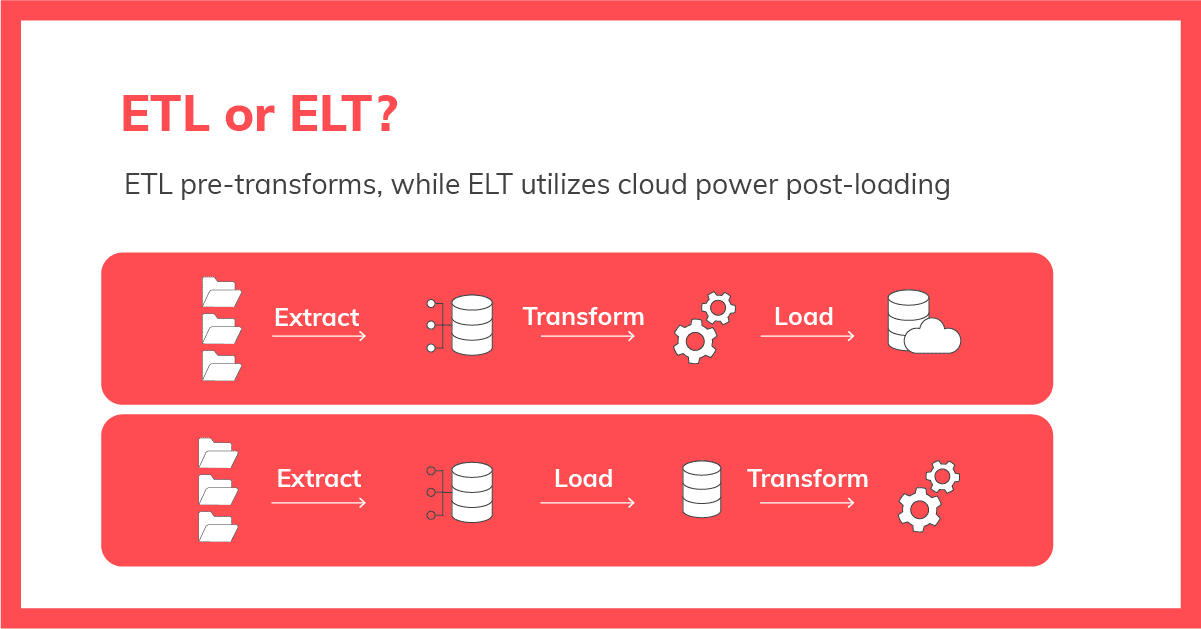
What You Should Look for in an ETL/ELT Tool
Modern ETL/ELT tools should automate the extraction, transformation, and loading process so that companies can focus on business value and eliminate outdated, labor-intensive, and time-consuming practices like hand-coding.
Choosing the right ETL/ELT tool is not only about extracting, transforming, and loading data but also about aligning the tool with your specific business requirements. Here are some comprehensive considerations to help you make the best decision:
Understand Your Data Landscape
- Know Your Data Source: Determine where you need to extract the data. Understand the structure, format, and frequency of the data.
- Audit Your Data Source: Assess the quality, consistency, and potential issues with your data source. Identifying these early can save time later.
- Optimal Data Extraction Approach: Your choice of ETL tool should align with your strategy for optimal data extraction. Whether it’s real-time, batch processing, or unified batch and streaming, the tool must support your method.
Transformation and Loading Considerations
- Tailored Transformations: Once the data has been cleansed, select a tool that allows you to perform the required transformations according to your business logic.
- End Destination Understanding: Know where the data is going to reside ultimately. Ensure that the ETL tool supports your target destination, whether it’s a data warehouse, data lake, or another system.
- Efficient Data Loading: The tool should enable seamless and efficient loading of the data into the desired destination, considering factors like load scheduling, error handling, and performance optimization.
Features to Look for in an ETL/ELT Tool
- Automation: A modern tool should automate the ETL process, reducing labor-intensive tasks like hand-coding.
- Intuitive User Interface: Ensure that the platform is easy to use, allowing your team to quickly access and understand data.
- Maintenance Considerations: Look for a solution that is easy to maintain, avoiding added complexities.
- Compatibility: Check that the tool aligns with your current and future data solutions as your organization evolves.
- Cost-Effectiveness: While building a custom ETL solution may suit some, most prefer ready-made tools for efficiency, speed, and budgetary reasons.
Navigating the Right Path for Your Business
The decision between traditional ETL and modern ELT is not just a technological choice but a strategic business decision. Both have their unique strengths and challenges, and selecting between them requires alignment with organizational needs and goals.
But the critical aspect lies not in the construction of the ETL or ELT process itself, but in what you do with the data and the insights you derive from it. The real value is in transforming raw information into actionable strategies, not merely in choosing or building a process.
In the evolving landscape of data-driven business, the focus should be on leveraging these tools to align data with decision-making. That’s the true path to success, and it emphasizes not the pathways but the destinations they lead to.


